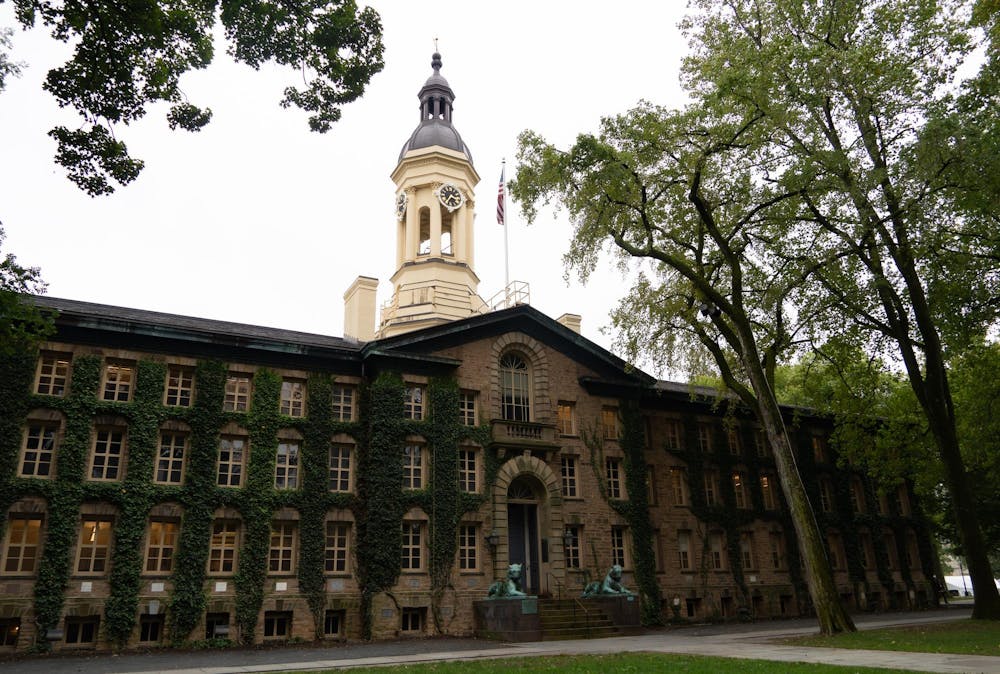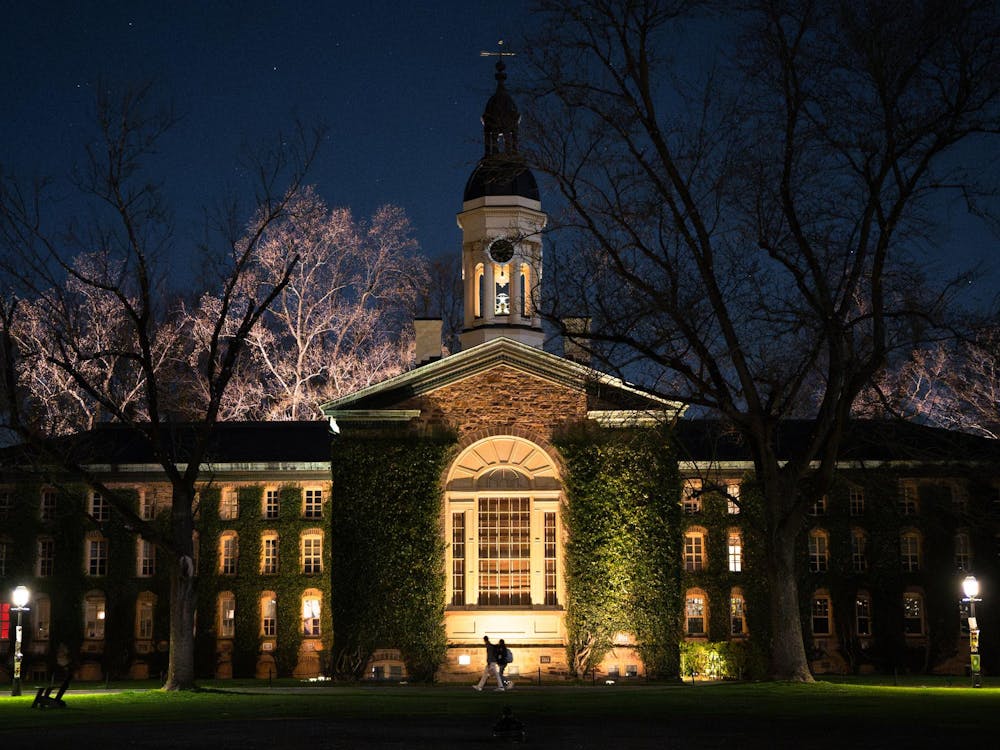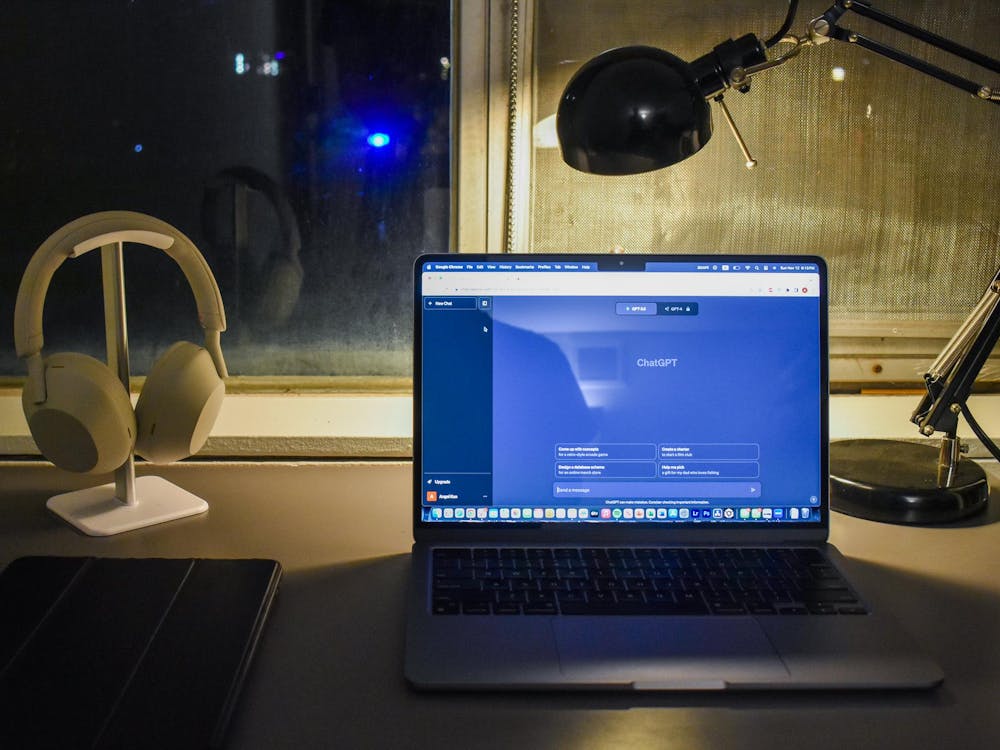During the COVID-19 pandemic, many top universities, including Princeton, paused their standardized testing requirement because of difficulty accessing the test. However, even after the pandemic, many schools have permanently eliminated the requirement to submit a standardized testing score. Princeton has extended its test-optional policy through 2025 while it “assesses the role standardized testing should play in our admission process.” Advocates of a test-optional policy for college admissions claim that doing so increases socioeconomic diversity in incoming classes because lower-income students don’t have the same access to test prep resources that wealthier students do.
While wealthier students may have an advantage in preparing for standardized testing, SAT and ACT scores are the college admissions factors that are least skewed in favor of wealthy students compared to nonacademic factors such as high school counselor recommendations, taking advanced classes, and participating in expensive extracurricular activities. Moreover, unlike these nonacademic admissions factors that favor wealthy students, research has shown that standardized testing positively correlates to academic preparedness and success in college. Therefore, it is important that Princeton reinstate the standardized testing requirement and deemphasize subjective nonacademic measures that favor wealthy students and disadvantage lower-income students.
In recent years, there has been extensive focus on the SAT and ACT as the major drivers of inequality in college admissions, leading to a major push for universities to become test-optional. However, this crusade against standardized testing has it all wrong. The unfortunate reality is that nearly every aspect of college admissions disadvantages low-income students. Access to internships, attending schools with Advanced Placement (AP) classes, and hyper-personalized teacher and counselor recommendations are all privileges that come with attending a well-funded high school. On the contrary, the SAT and ACT are the aspects of a college application that are most accessible to all students, regardless of socioeconomic background, especially with the proliferation of free standardized test preparation on websites like Khan Academy.
Columnist Vincent Jiang argued last spring that among the requirements on college applications, the SAT and ACT are far less susceptible to being skewed based on an applicant’s family income. Unlike paid essay-writing and extracurricular resumé padding, Jiang notes that standardized testing can be conquered without shelling out excessive wealth. However, on the ‘Prince’ Instagram post promoting his piece, some students commented, expressing their disagreement. They argued that these tests are similarly pay-to-win, and that just because inequity exists more deeply in other areas doesn’t mean a lesser state of inequity should be tolerated. One student pointed out that there are forms of extracurricular activities that may elevate underprivileged students. Yet standardized testing scores can also help college admissions identify intelligent students that don’t have access to high-paid guidance counselors, expensive extra-curricular programs, and dozens of AP classes. The SAT and ACT, contrary to the current narrative, actually turn out to be the great equalizer in college admissions.
A large study conducted by Opportunity Insights and led by a Harvard economics professor identified lesser-known advantages that wealthier students have over lower-income and middle-class students. One portion of the study looked at students with the same SAT scores across the family income spectrum, from the first percentile to the ninety-ninth percentile. They looked at the average academic rating and nonacademic ratings, such as guidance counselor ratings, teaching ratings, extracurriculars, etc., that students in each percentile received. For students with the same SAT score, their academic rating was, unsurprisingly, consistent across all of the income percentiles.
Additionally, for students with the same SAT scores, the nonacademic ratings were also relatively consistent from the first through the ninetieth percentile. However, these nonacademic scores shot up for students in the top 1 percent of income. In fact, at an undisclosed university that shared admissions data, students in the top 0.1 percent were 1.5 times as likely to have high nonacademic ratings as those from middle and lower classes. Of course, these nonacademic ratings play a substantial role in determining who gets admitted to top universities. This is clear evidence of the significant advantage that wealthy students receive over lower and middle class students with the same academic ratings in college admissions, despite a lack of research suggesting these nonacademic factors are a positive predictor of college success.
There are a host of reasons why nonacademic scores skew towards wealthier students. Often, wealthier students attend elite, well-staffed high schools with teacher-to-student ratios in the single digits. Naturally, these teachers have more time and are better equipped to write letters of recommendations for their students. Similarly, the quality of a counselor recommendation has a lot to do with the number of student recommendations that a counselor must write. There is simply no way that a counselor at a large public school writing letters of recommendation for 250 students will have the time to craft each one in a way that a counselor at a small private school who only has 50 students can. However, this pipeline for wealthy students to attend elite universities like Princeton runs deeper than the quality of letters of recommendation.
It also has a lot to do with the relationships between universities and the high schools themselves. Many students from families in the top one percent of income nationally attend high schools because they have direct contact with many of the elite colleges and universities in the country. Indeed, the Opportunity Insights study showed that students with the same SAT scores and grades were twice as likely to be accepted if they attended a private nonreligious high school than if they attended public school. One practice that often goes unreported is that of guidance counselors at elite private schools calling top universities on behalf of the students. These high schools and universities often form strong connections, creating “feeder schools” for wealthy students hoping to attend these top universities. These calls do not occur at most public high schools in underserved communities, either because guidance counselors do not have the time, or because they do not have the direct line to elite universities that top private high schools do. Similarly, these elite high schools offer enrichment opportunities and advanced coursework that is simply not accessible to students of more modest backgrounds in public schools. The real disadvantage for low and middle class students is not standardized testing scores; rather, it is the preferential treatment that wealthy students receive by attending elite high schools that are inaccessible to lower-income students.
Fixing this issue starts by reemphasizing objective, standardized measures like the SAT and ACT. While imperfect, they are the college admissions metric that are least affected by the advantages that wealthy students receive, and they are positively correlated to academic success in college. Even those who do not favor standardized testing should agree that improving socioeconomic diversity requires deemphasizing these nonacademic ratings that drastically benefit wealthy students. The first practice that should be removed is counselor calls. In 2020, Swarthmore College announced that they would no longer conduct school counselor calls after discovering that 90% of them came from private schools. Princeton should follow suit and expressly prohibit this practice which is a tool used almost exclusively by feeder schools to get their students into top universities. Additionally, the University should either deemphasize or altogether exclude counselor recommendations from their admissions process. These recommendations are usually used at top high schools to reinforce the strong connections between their school and elite universities and give an advantage to the students that are wealthy enough to attend their school.
Removing the SAT and ACT requirement is not the answer to increase socioeconomic diversity at the University. Standardized testing scores are the one objective admissions metric that is least biased towards wealthy students and is most helpful in identifying students who did not have the opportunity to take advanced coursework, participate in expensive activities, or enhance their application through attendance at prestigious high schools. An overemphasis on nonacademic measures and the connections between top high schools and elite universities are what create the real disadvantage for low-income and middle class students. If the University decides to remain test-optional, our admissions process will only put more emphasis on the nonacademic admissions factors that are extremely preferential toward wealthier students. If we really want to ensure that all deserving students get a Princeton education, let’s make changes that will genuinely help level the playing field for all.
Jackson Baldrate is a first-year contributing columnist. He can be reached at jb1837@princeton.edu.









